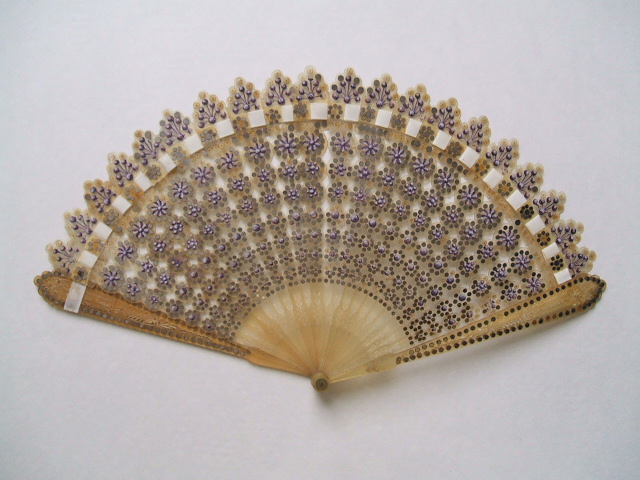Korykos and Kizkulesi [ Maiden's Castle]
At Kizkalesi [ Maiden's Castle ] we can set off uphill to an endless series of ancient sites, Greek, Roman and Byzantine, culminating in the sacred city of Diocaesaria, now know as Uzuncaburc [ Turkish for tall columns ] or we can pause at the tiny museum of The Three Graces at Narlikuyu and have a meal in the fish restaurant over the road.
Fish Restaurant [with River 'Styx' flowing into the sea] at Narlikuyu
Then it's on to Silifke, ancient Seleucia, spreading along the Goksu river that comes tumbling down wide and green from the Taurus mountains. There is plenty to visit in this pleasant town, whether we want to study the history of the place or simply visit the shops and wander round the huge Friday market.
North of the town is a monument to Emperor Frederick Barbarossa, who drowned in a sudden flood in June 1190, while camped on the river bank on his way to the Third Crusade.
Beach and half-hidden village of Mavikent
But we proceed along the Antalya highway until we reach the almost hidden turnoff for Mavikent. We make our way over the top of the hill and down a series of hairpin bends until we reach the end of the peninsula and enter this secret village. Our aim is relaxation and some research for more stories...with an Ottoman theme.














